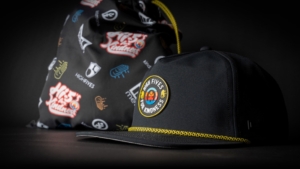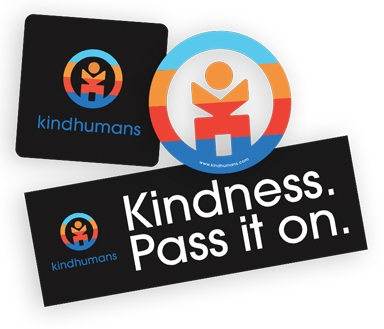
What Is rPET? (A Closer Look)
PlanetWhat Is rPET? (A Closer Look)
Have you ever wondered what happens to all the water bottles you recycle? Or your peanut butter containers? Is it worth the hassle to recycle those containers? Not only are your peanut butter containers worth washing and recycling, but they could end up making you a nice sweater or bag later down the line!
Plastics sit in landfills and oceans and take dozens, if not hundreds, of years to decompose. A single plastic water bottle takes around 450 years to break down! With all the plastic used in today’s world, it’s easy to feel helpless. But hope is on the way with a material called rPET, which can help us reduce waste and reduce our need to create more plastic in the future.
What Is rPET?
Before we get into rPET, let’s define PET. PET stands for polyethylene terephthalate. In layman’s terms, PET is the most common type of plastic and can be found everywhere around you. To make virgin PET, manufacturers extract crude oil and natural gas from the earth and melt them down to a liquid state. Manufacturers either make this melted material into polyester or put it in a mold to create various plastic containers.
PET is popular because it’s so versatile. Manufacturers use it as a material to create clothing, blankets, and carpet—to name a few. As a plastic, PET is lightweight, strong, and moldable, so manufacturers often use it to create food-grade containers, medicine bottles, toiletries, and cleaning solutions.
PET gets used a lot and it often ends up in landfills. PET is considered non-biodegradable because it’s too strong for bacteria to break down and it takes an incredibly long time for UV rays to make an impact.
This is where rPET comes in.
rPET is simply recycled PET. rPET reduces the waste we’ve already produced and gives discarded plastic a new life. It sounds like rPET is the perfect solution. However, there are both pros and cons to using rPET, including its impact on our environment.
The Pros:
Is rPET Plastic Recyclable?
Absolutely! Because PET is such a durable plastic, PET can be recycled over and over and over again. It can be melted down and molded into new materials, which decreases the use of natural resources and decreases carbon emissions with a minimum of 24% decrease.
So, next time you’re about to throw that food container out, remember that recycling has the potential for big impacts! If you’re wondering if your PET container can be recycled, look for the recycling sign with the number 1 in the middle and make sure to put it in the appropriate bin.

Is rPET Safe?
rPET is absolutely safe to be used again and again for food-grade containers or other items that need to meet a certain safety standard. Unfortunately, many people recycle things that should technically go in the trash bin, which can contaminate the clean recyclables. Luckily, recycling centers have a sorting process to take out those contaminating products and only reuse plastic that would be safe for future use. However, because contamination happens so often and because it’s so difficult for recycling centers to find optimal plastic, most manufacturers still make food-grade containers from virgin PET.
rPET is still plastic, so it can still cause some unwanted issues. For example, when you wash a polyester fabric, you release tiny microfibers into the water that eventually make their way into water-based ecosystems. These microfibers affect your drinking water and can also affect the living organisms you ingest, such as fish.
The Cons:
Is rPET Biodegradable?
Because rPET is still plastic, it’s not biodegradable. Although rPET has a lower carbon footprint than virgin PET, it still has a carbon footprint and can release toxins into the air and the ground during and after production.
On top of adding to the carbon emissions problem, PET can release harmful toxins when it’s melted. And, as mentioned before, washing PET and rPET fabric and materials can cause microplastics to enter our water systems. Because these microplastics are still plastic, they take hundreds of years to break down. In contrast, organic materials—such as cotton and bamboo—take mere months to decompose.
What Should You Do?
In the end, rPET is a good short-term solution to our growing waste problem. It turns otherwise trashed plastic into new items so we don’t have to create as much virgin PET. rPET may have some downsides, but it makes new materials with a lessened carbon footprint and helps create less trash in the world.
What Are We Doing?
The less plastic we have filling our landfills and oceans the better. You can help by recycling the plastic found in your home and purchasing things made of recycled materials. Reusing and recycling PET helps us ensure that our natural resources have a long life.
You can find all sorts of items made of rPET fabric or rPET materials, such as hoodies, hats, microfiber cleaning cloths, and even children’s lunch bags. Shopping for rPET items doesn’t have to be complicated. Kindhumans takes the research out of finding eco-friendly and sustainable products, including products with rPET, so you can spend less time shopping and more time enjoying this earth.










